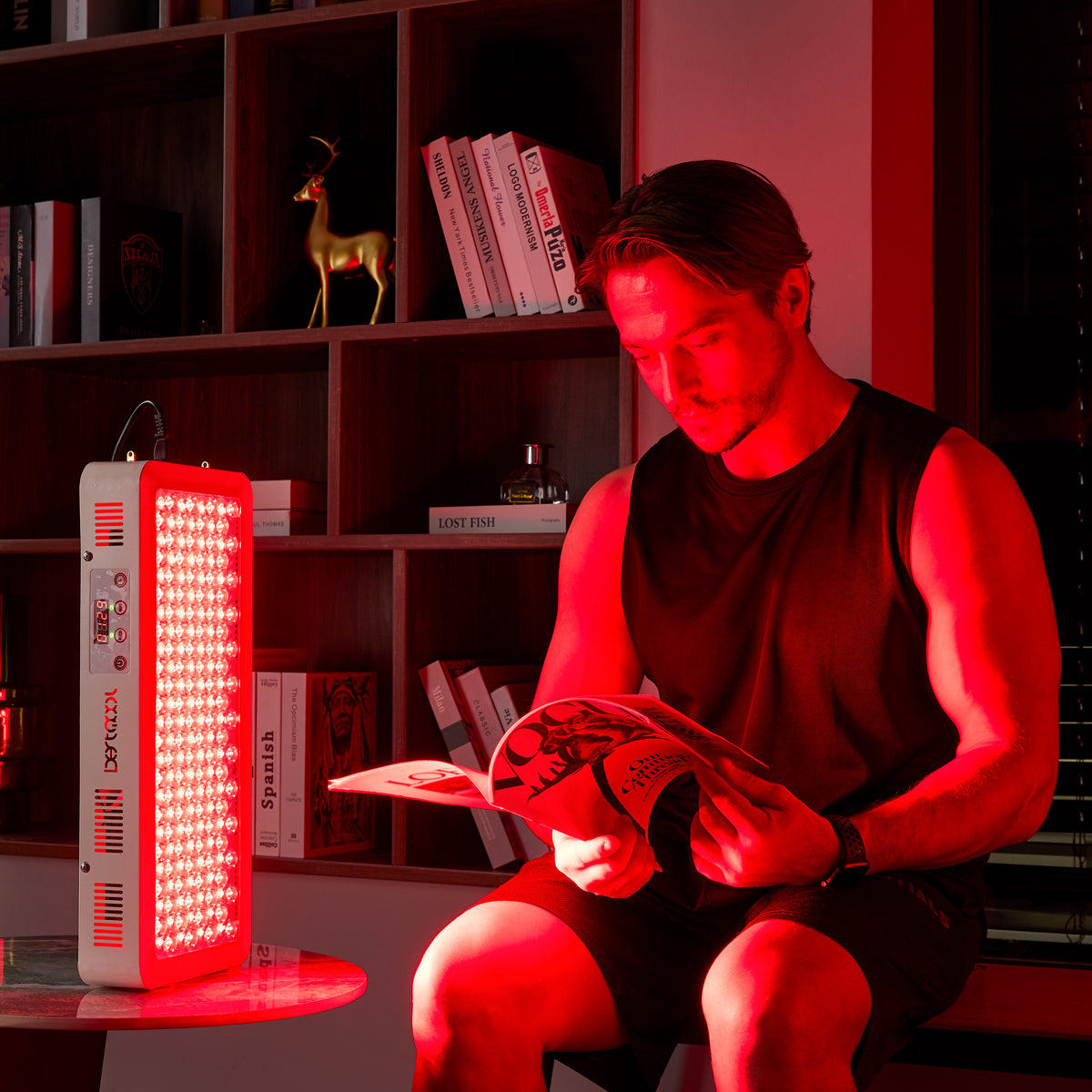The Science Behind Near-Infrared Light: How It Works and Its Applications
Body
Near-infrared light (NIR) is a fascinating segment of the electromagnetic spectrum, lying just beyond the visible range. This light, with wavelengths between 700 nm and 2500 nm, plays a crucial role in various fields, particularly in medical equipment and therapeutic applications. Understanding how near-infrared light works and its diverse applications can provide valuable insights into its significance in modern technology.

Understanding Near-Infrared Light
What exactly is near-infrared light? It is a type of electromagnetic radiation that is invisible to the human eye but can be detected by specialized sensors. This light is known for its ability to penetrate biological tissues, making it particularly useful in medical diagnostics and treatments. The interaction of near-infrared light with tissues can lead to various physiological responses, which are harnessed in numerous applications.
Mechanisms of Near-Infrared Light
The effectiveness of near-infrared light in medical applications stems from its unique properties. When NIR light interacts with biological tissues, it can:
- Enhance blood circulation
- Promote cellular metabolism
- Stimulate collagen production
These mechanisms are particularly beneficial in therapeutic settings, such as in the treatment of chronic pain, wound healing, and skin rejuvenation. For instance, devices like the Near-Infrared Therapy Device utilize these principles to deliver effective treatments.
Applications of Near-Infrared Light in Medicine
Near-infrared light has a wide range of applications in the medical field. Some notable uses include:
- Phototherapy: NIR light is used to treat skin conditions, including psoriasis and eczema.
- Diagnostic Imaging: NIR spectroscopy aids in non-invasive diagnostics by analyzing tissue composition.
- Laser Surgery: NIR lasers are employed in various surgical procedures due to their precision and minimal invasiveness.
Each of these applications showcases the versatility and effectiveness of near-infrared light in enhancing patient care and treatment outcomes.
Future Prospects of Near-Infrared Light Technology
As research continues to evolve, the potential of near-infrared light technology is expanding. Innovations in NIR devices are paving the way for more effective treatments and diagnostic tools. For example, the integration of NIR technology in wearable health monitors is an exciting development that could revolutionize personal healthcare.
"The future of near-infrared light applications in medicine is promising, with ongoing research aimed at uncovering new therapeutic benefits." - Medical Technology Journal
Conclusion
In summary, near-infrared light is a powerful tool in the medical field, offering numerous benefits through its unique properties and mechanisms. Its applications range from therapeutic treatments to diagnostic imaging, making it an invaluable asset in modern healthcare. As technology advances, the role of near-infrared light is likely to grow, leading to innovative solutions that enhance patient care.
For more information on near-infrared light applications, check out this informative video that delves deeper into its mechanisms and uses.
References











Comments